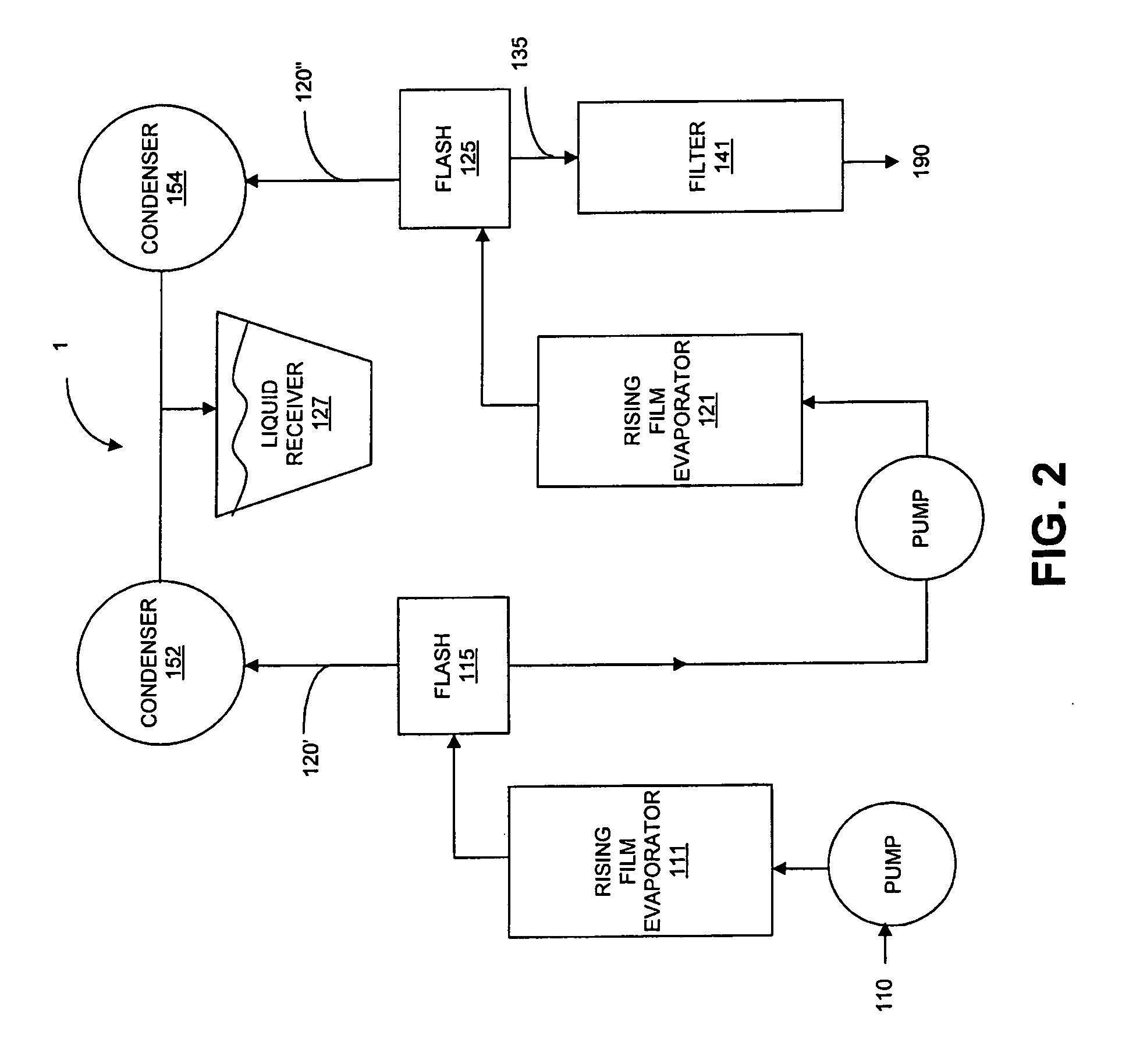Processes for shaping macrocyclic oligoesters
a macrocyclic oligoester and oligoester technology, applied in chemical/physical/physical-chemical processes, chemical apparatus and processes, chemical/physical/physical-chemical stationary reactors, etc., can solve problems such as unacceptable products, and achieve the effect of reducing pressure, reducing or eliminating reheating requirements
- Summary
- Abstract
- Description
- Claims
- Application Information
AI Technical Summary
Benefits of technology
Problems solved by technology
Method used
Image
Examples
experimental examples
[0152] The following examples are provided to further illustrate and to facilitate the understanding of the invention. These specific examples are intended to be illustrative of the invention.
[0153] The macrocyclic oligoesters used in the following examples are the macrocyclic oligoesters of 1,4-butylene terephthalate. The macrocyclic oligoesters were prepared by heating a mixture of polyester linears, organic solvents, such as o-xylene and o-dichlorobenzene, which are substantially free from oxygen and water, and tin or titanium compounds as transesterification catalysts. See U.S. Pat. No. 5,668,186 (incorporated herein by reference in its entirety).
example 1
Preparation of Macrocyclic (1,4-butylene terephthalate) Oligomer Pellets
[0154] Macrocyclic (1,4-butylene terephthalate) oligoester powder was fed at a rate of about 9 kg / hr through an extruder at about 120° C. to melt into a paste and processed at a rate of about 9 kg / hr through a Gala underwater pelletizer available from Gala Industries (Eagle Rock, Va.). No die freeze off was observed. The material cut cleanly on the die face. The pellets were strained out of the water and air dried to contain 80 ppm or less of water.
example 2
Macrocyclic (1,4-butylene terephthalate) Oligomer Pastilles
[0155] Macrocyclic (1,4-butylene terephthalate) oligomer powder containing less than 1,000 ppm solvent was melted in a tank at about 170° C. and fed at a rate of 60 kg / hr to a Sandvik Rotoformer to form pastilles. No partial-crystallization was used. The pastilles were amorphous and agglomerated together. The macrocyclic (1,4-butylene terephthalate) oligomer was pastilled smoothly into pastilles.
PUM
| Property | Measurement | Unit |
|---|---|---|
| length | aaaaa | aaaaa |
| diameter | aaaaa | aaaaa |
| height | aaaaa | aaaaa |
Abstract
Description
Claims
Application Information
 Login to view more
Login to view more - R&D Engineer
- R&D Manager
- IP Professional
- Industry Leading Data Capabilities
- Powerful AI technology
- Patent DNA Extraction
Browse by: Latest US Patents, China's latest patents, Technical Efficacy Thesaurus, Application Domain, Technology Topic.
© 2024 PatSnap. All rights reserved.Legal|Privacy policy|Modern Slavery Act Transparency Statement|Sitemap



